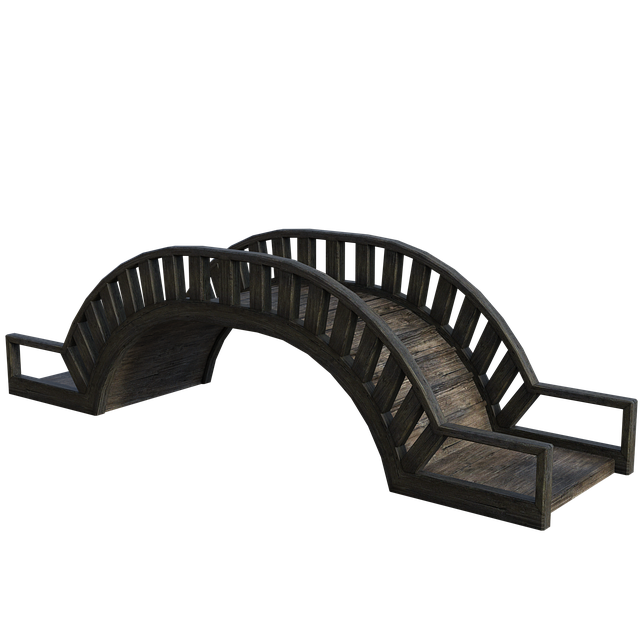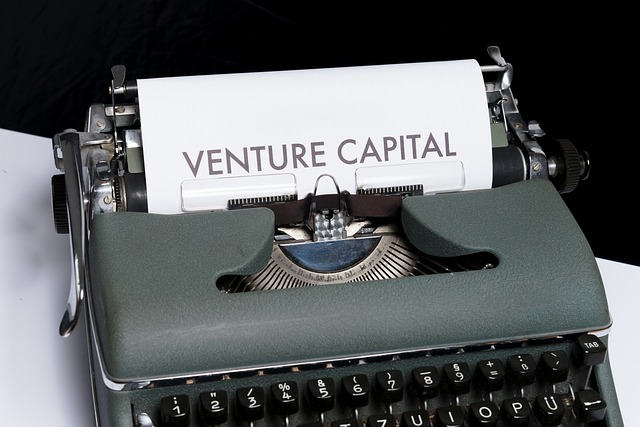 Starting your own business is no easy task. If it were, more people would be quitting their day jobs.�One of the biggest challenges faced by entrepreneurs and small business owners is acquiring a line of credit. Regardless of your niche/industry, you’ll probably need at least some credit to perform your day-to-day operations.
Starting your own business is no easy task. If it were, more people would be quitting their day jobs.�One of the biggest challenges faced by entrepreneurs and small business owners is acquiring a line of credit. Regardless of your niche/industry, you’ll probably need at least some credit to perform your day-to-day operations.
Create a Business Plan
You can’t expect a bank or financial institute to give you credit without a sound business plan. This document should outline the way in which you will run your business, complete with objectives, goals, financing, projected sales, growth prospects, etc. Showing creditors your business plan will make them feel more comfortable giving you credit.
For more tips on how to create a business plan, read�our previous blog post here.
Check Your Cash Flow
In addition to a sound business plan, having a positive and steadily increasing cash flow will also increase your chances of scoring credit for your business. Creditors want to know that you can pay them back — and there’s no better way to show them than by presenting a positive cash flow.
Start Small
The golden rule of applying for business credit is to start small.� Most creditors won’t give you a large line of credit — not until you’ve proven that you can pay it back. So, begin by asking for just a small line of credit. And as your credit builds and your business grows, you can increase your credit.
Start Now
Don’t wait until your business needs credit to apply for it. Approval can take weeks or even months. This is why it’s best to apply for credit before you need it.
Secured vs Unsecured Line of Credit
We’ve talked about this before on our blog, but it’s worth mentioning again that there are two primary types of credit: secured and unsecured. With a secured line of credit, you’ll have to place some form of collateral up for the creditor. An unsecured line of credit, on the other hand, does not require any collateral.
Because unsecured lines of credit don’t require collateral, they are generally harder to acquire and come with higher interest rates than their secured counterpart. On the flip side, if you are unable to pay back a secured line of credit, the creditor may take your collateral.
This article brought to you by Intrepid Private Capital Group – A Global Financial Services Company. For more information on startup and business funding, please visit our website.









+ There are no comments
Add yours